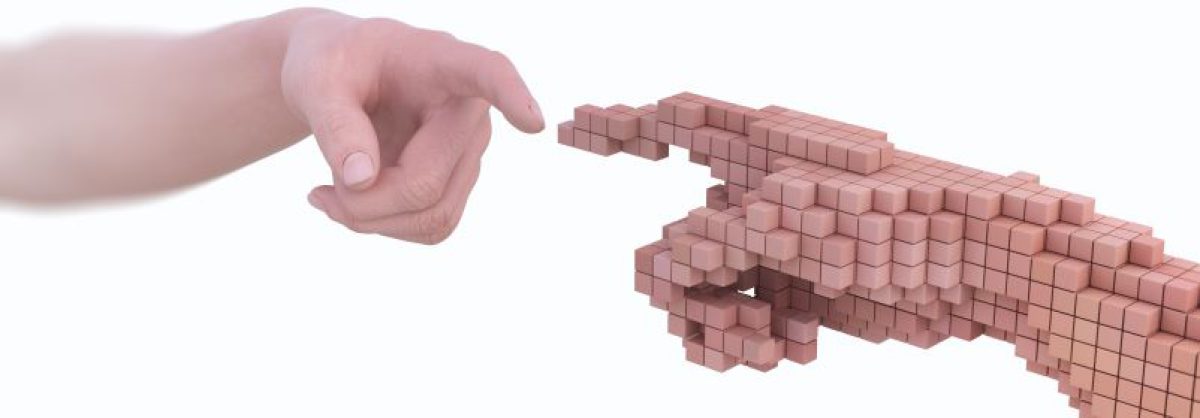Introduction
I felt that this was the natural follow up to the previous feature article, AI Is Just a Baby, and Society is the Neighborhood It’s Growing Up In. As AI continues to go through its exploratory stage, the implications and growth of AI seems to really need more guardrails. This is just one aspect of what is happening with AI’s development. I hope you find this as informative as we did when researching the subject matter.
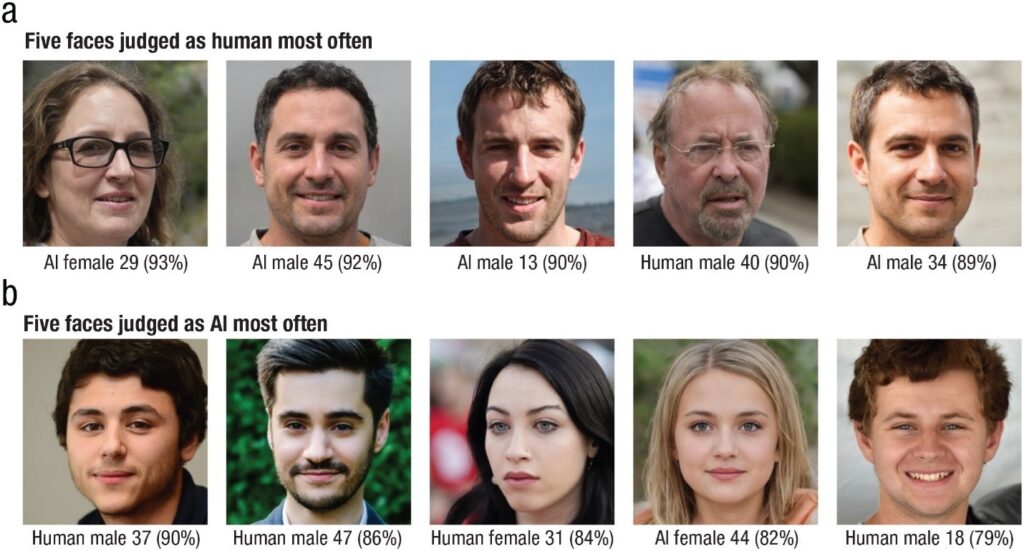
There’s a new study out by The Australian National University and they’ve come to a conclusion that you may or may not have been expecting. It turns out that faces created by artificial intelligence now look more realistic than human faces and that realization comes with lots of consequences that have the potential to change the ways we interact with each other. There’s one big stipulation to AI appearing more human than human, though. It seems that it’s mostly Caucasian faces that get this treatment, by a big landslide. Let’s unpack all that information and find out what they’re saying.
Hyperrealism
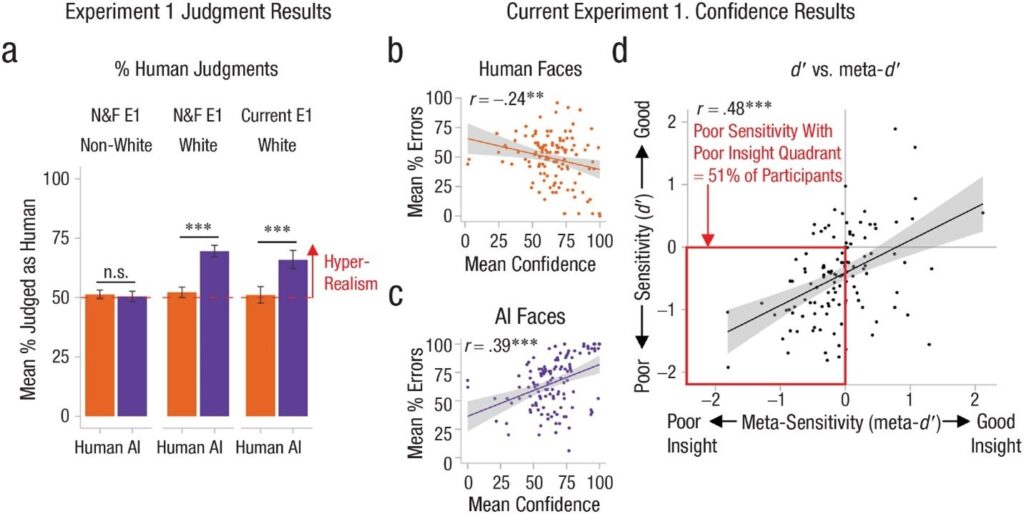
The abstract statement of the published study states that, “Recent evidence shows that AI-generated faces are now indistinguishable from human faces… Paradoxically, people who made the most errors in this task were the most confident (a Dunning-Kruger effect).”
This means that, not only do people think AI faces are human faces, and vice versa, it also means that the people who get it wrong the most, think they’re the best at distinguishing real from fake. The term they came up with to describe this phenomenon is “hyperrealism” and it fits really well.
When AI can make something that’s so good it’s better than the real thing, hyperrealism is the only way to describe it. These faces come across as real to people who seem to think they’re great at telling the different between AI and reality, and that’s something the human race is going to have to come to terms with very quickly. The implication is that human beings who think they have an edge in detecting AI are going to share and propagate false images the most, adding to our species already overloaded reliance on misinformation to make important decisions.
Caucasian Faces and Bias
There’s another aspect to this study that shows us the bias in AI learning, and the places where it gets its information. The study also shows that, “In Experiment 1 (N = 124 adults), alongside our reanalysis of previously published data, we showed that White AI faces are judged as human more often than actual human faces.”
It turns out that AI is learning from Caucasian faces at a greater rate than all other faces, which means it’s those Caucasian AI faces that look the most hyperrealistic. This implies a bias in the material the AI is using to learn, and it’s spread clear across the internet.
AI learning machines don’t simply pick one part of the internet to get all their information, so having the results weighted heavily toward Caucasian faces means there’s predominance of those images over any other ethnic groups. A simple experiment is all it takes to understand what this can mean in a practical sense. Check out these two AI images below.
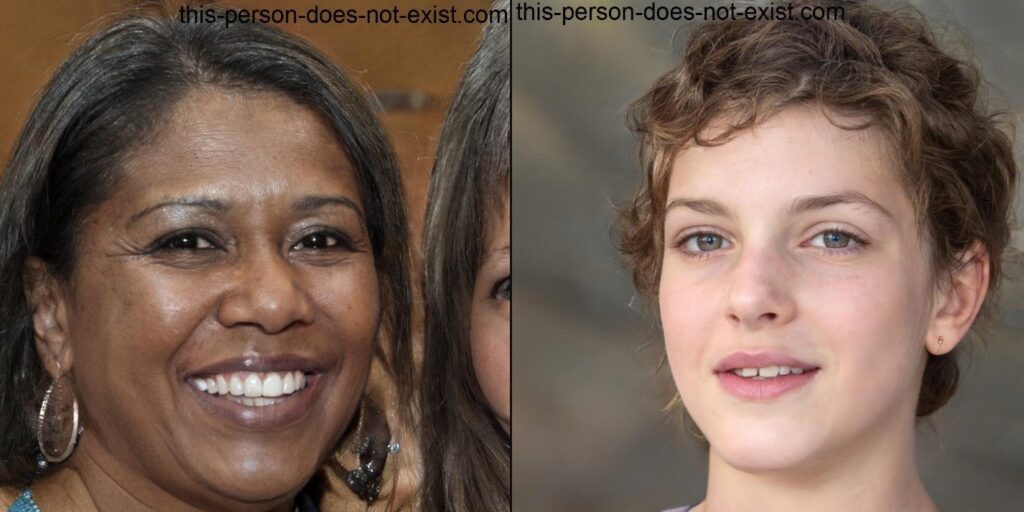
These two images we created with the same details. Both are meant to be of females between the ages of 19 and 25. While both images look realistic, it’s clear which one actually fits the other criteria. That suggest the AI had many more examples of white women between the ages of 19 and 25 than it did of black women.
Distinctive VS Average
There’s another slant to the data that informs the study, and that’s the observed fact that average faces tend to look more realistic than distinct faces. When the participants were judging the images, they tended to believe that people who typically blend into a crowd looked more real than people who would stick out. Essentially, if you wouldn’t give a person more than a passing glance, they’re going to be more believable than people you’d spend time looking at. This implies that real AI trickery is going to come from people you wouldn’t expect to be fake.
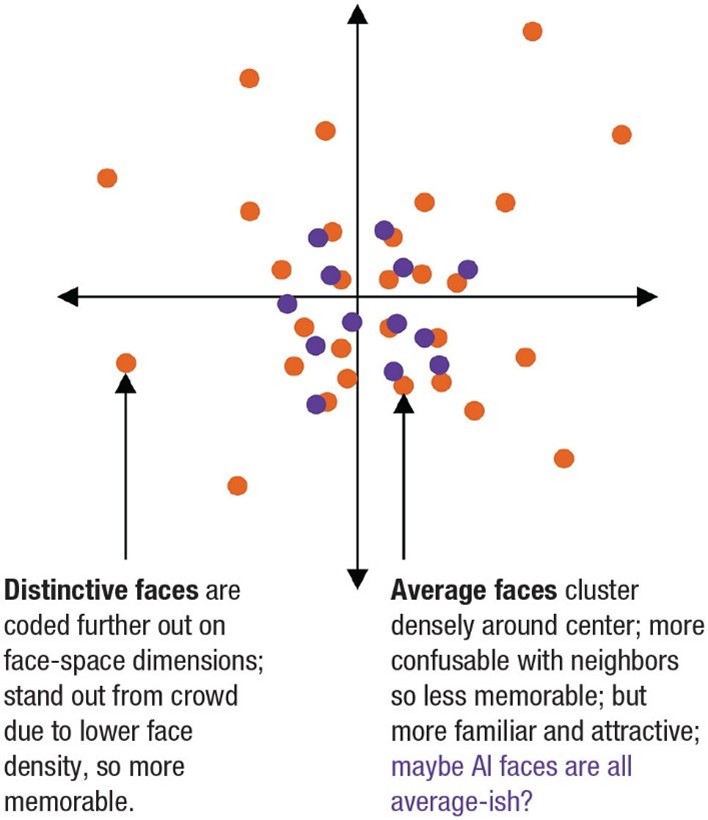
“Artificial intelligence, or AI, can now generate faces that are indistinguishable from human faces. However, AI algorithms tend to be trained using a disproportionate number of White faces. As a result, AI faces may appear especially realistic when they are White. Here, we show that White (but not non-White) AI faces are, remarkably, judged as human more often than pictures of actual humans. We pinpoint the perceptual qualities of faces that contribute to this hyperrealism phenomenon, including facial proportions, familiarity, and memorability. Problematically, the people who were most likely to be fooled by AI faces were the least likely to detect that they were being fooled. Our results explain why AI hyperrealism occurs and show that not all AI faces appear equally realistic, with implications for proliferating social bias and for public misidentification of AI.”
Fooling the Foolish
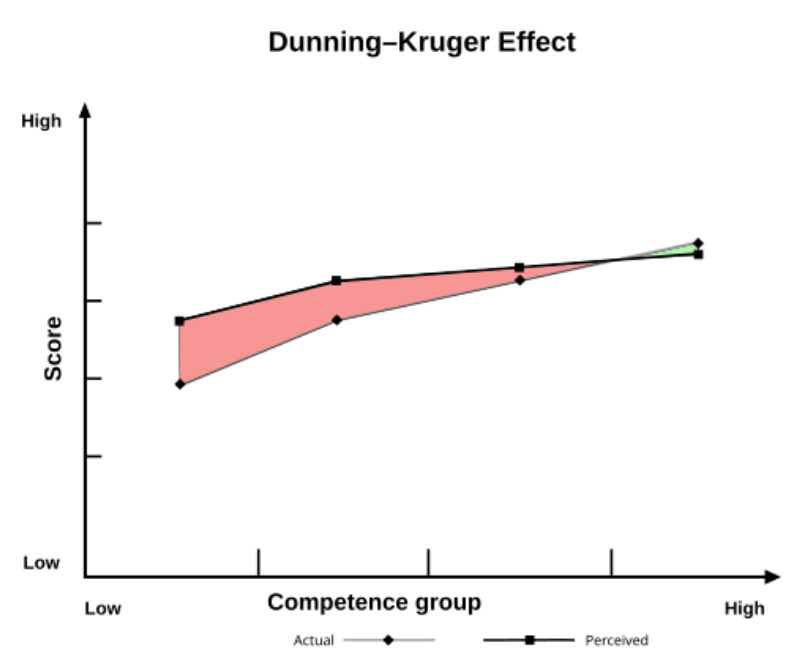
The Dunning-Kruger Effect states that “people with limited competence in a particular domain overestimate their abilities.” That’s in full effect with this phenomenon and it has far-reaching implications for the future of the human race’s ability to differentiate between real and fake. This is something you can see on social media right now. Head to Facebook and you’ll find people sharing false information as fact and it’s something that’s more prevalent among people who think they’re fully informed on the given subject. This is going to have a big impact on AI images and fakery as time marches on. The people who are most confident in the false information they share will be the most vocal about it, leading to larger dissemination of that untrue data.
What makes this most damaging is the average value of that data, especially when it comes to AI images. It won’t be fantastic news or imagery that gets passed on as fact. It will be boring, average, everyday data that’s easily consumed and accepted by the greater public. It’s a trend that has damaging implications that most people won’t be able to detect until the untruth is widely accepted as fact. When you see an average AI image of an average event, you’re more likely to accept it as fact and that’s what’s going to influence the reality of millions of people around the world.
Why AI looks real
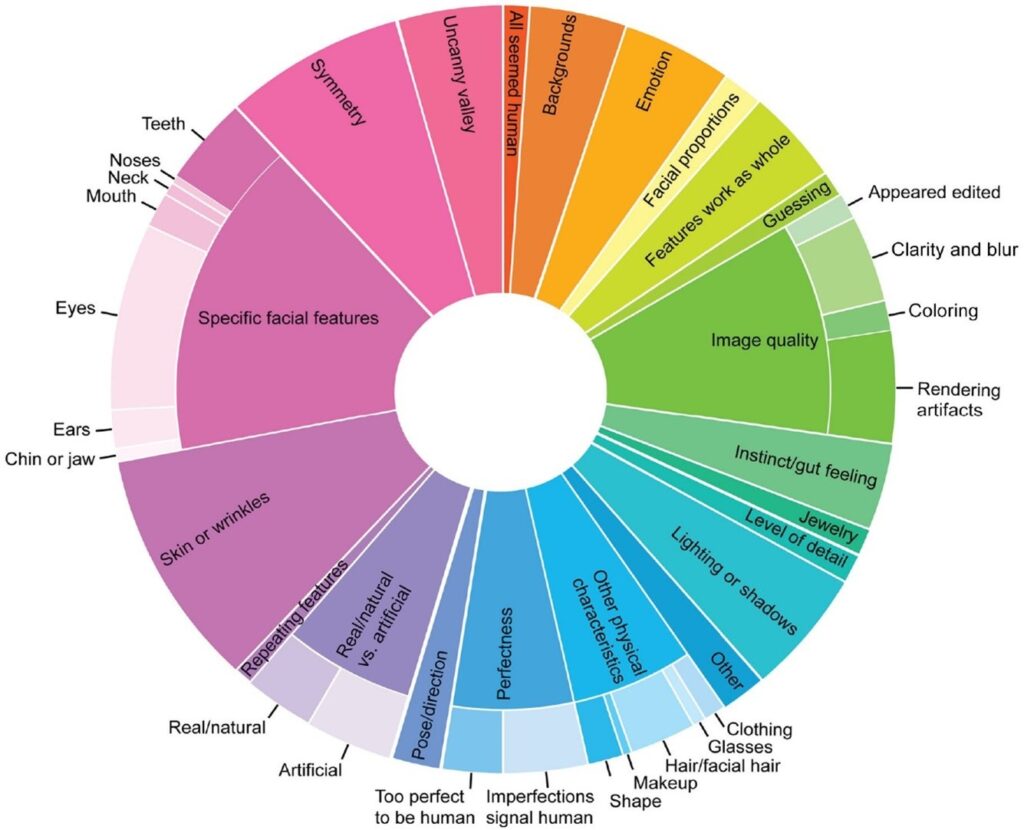
The researchers at The Australian National University looked into why these AI faces are capable of appearing realistic and it seems that the AI learning slant toward Caucasian faces is a big part of it. “It turns out that there are still physical differences between AI and human faces, but people tend to misinterpret them. For example, White AI faces tend to be more in-proportion and people mistake this as a sign of humanness. However, we can’t rely on these physical cues for long. AI technology is advancing so quickly that the differences between AI and human faces will probably disappear soon.”
They go on to state how serious the negative implications are when it comes to identity theft and the proliferation of misinformation. This means we need ways to tell the difference between real people and artificial intelligence images and it can’t be companies that get the tools to do it. “AI technology can’t become sectioned off so only tech companies know what’s going on behind the scenes. There needs to be greater transparency around AI so researchers and civil society can identify issues before they become a major problem. Given that humans can no longer detect AI faces, society needs tools that can accurately identify AI imposters. Educating people about the perceived realism of AI faces could help make the public appropriately skeptical about the images they’re seeing online.”
Conclusion
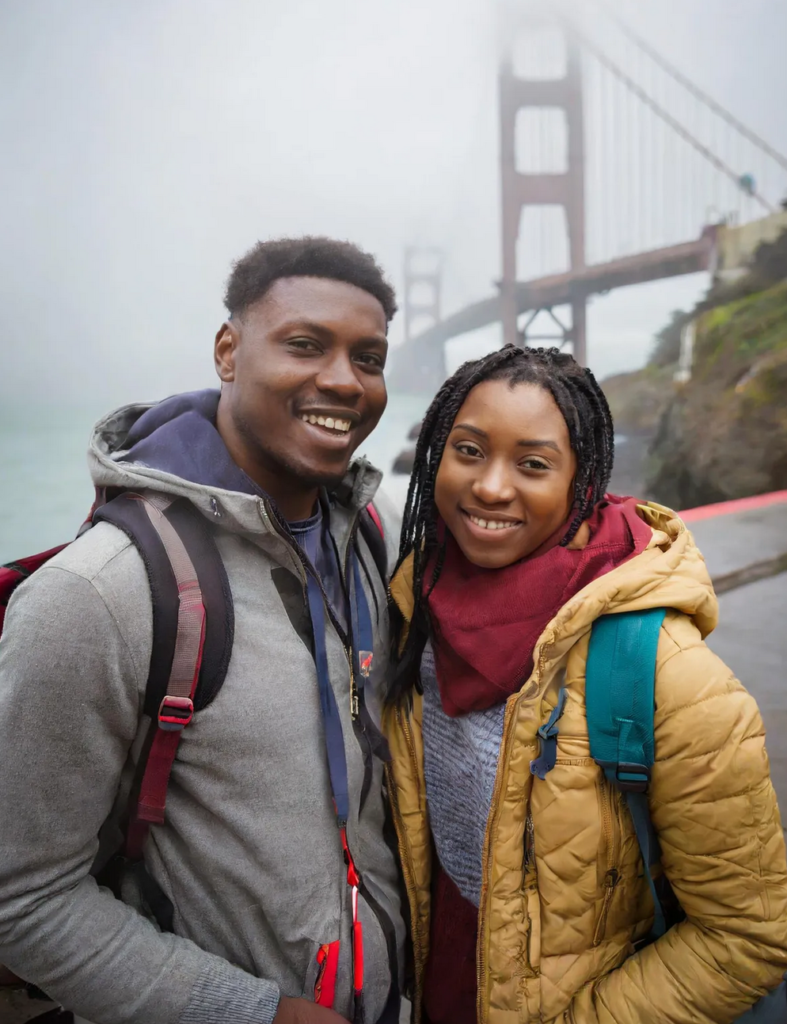
This all comes down to the effort the human race has to put into identifying AI imagery and it’s going to have a big impact on the future of the planet. When it’s easy to create fake imagery that a large portion of society will immediately believe, it’s important to know how to tell the difference on your own. There are going to be more AI images as time goes on and no one is going to tell you what’s real and what isn’t. In fact, the chances are higher that you’ll have people telling you the fake images are real and the real images are fake. It’s happening right now in politics. Major U.S. candidates’ camps are claiming that their opposition is using computer generated imagery to make voters believe they have more supporters than they actually have. We’re at a point where this is going to get worse, not better, and it’s on all of us to separate fact from fiction. That’s not going to be an easy task.
Reliance on technology is working against us at every step along the way. Programs that are meant to detect AI writing are nothing more than scams meant to take money and give you inaccurate information in return. There’s no good way to scan an image to find out if it’s real or AI. As AI grows, the potential for its misuse grows at the same time and that’s going to influence everything from major events to daily activities. As the world becomes increasingly AI, it’s up to you to know the difference and you won’t get much help.
